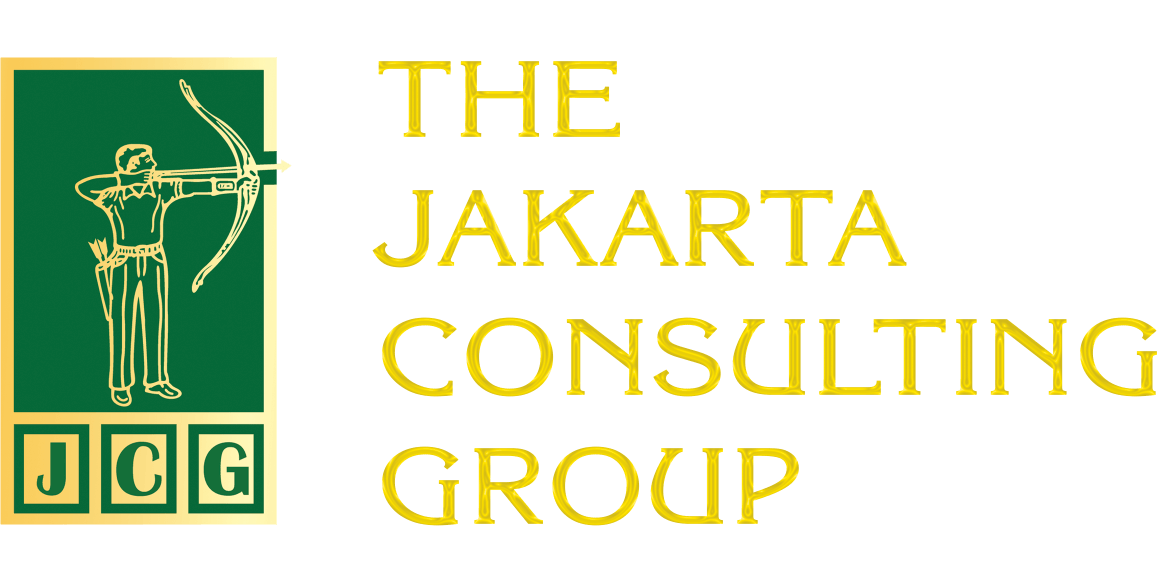Having a team filled with superstars is the dream of many leaders. They imagine the team’s performance will skyrocket. Unfortunately, the reality is not as beautiful as the dream. Instead of skyrocketing, the team’s performance has deteriorated. Not only that, but team members are at each other’s throats. What happened? Let’s investigate the cause.
Characteristics of Superstar Employees
Energetic, ambitious, confident, and possessing above-average knowledge and skills. Those are the characteristics of a superstar. On the one hand, these characteristics are important for the team to perform at its best. However, on the other hand, this condition has the potential to cause fierce competition, even to the point of bloodshed. Cooperation will be disrupted if each team member feels that they are the best. To anticipate this, a leader must be good at mediating, have unambiguous expectations, and keep the competition healthy.
However, a leader should not be a conflict avoider. Unresolved conflicts result in an unfavourable work environment. Leaders must accept conflict as a natural part of teamwork and deal with it directly. They must encourage open communication and create a safe space for team members to express their opinions and resolve disputes. By modelling constructive conflict resolution, leaders can turn potential disputes into opportunities for growth and innovation.
Leader’s Mistakes in Handling Superstars

Conflicts between superstars often occur because the leader lacks vision. Even if there is a vision, the leader is unable to utilize it as a tool to unite the team. As a result, the team focuses more on individual goals, which often conflict with each other, and are not even in line with the company’s vision and mission.
Superstars enjoy challenging tasks and jobs. Challenges make them grow. However, many leaders don’t understand this. They give repetitive and boring tasks so that the team is demotivated. In the end, the superstar leaves. To overcome this problem, leaders must always set higher targets. In addition, employees must be given more opportunities to develop.
Many leaders forget or do not understand that a superstar cannot necessarily collaborate. In terms of individual skills and knowledge, they are indeed good. However, they may not necessarily be good team players. The leader’s job is to develop a team-oriented culture. Otherwise, this superstar may prioritize individual achievement over team success.
A superstar tends to dislike being managed, especially down to the last detail. For them, creativity is everything. Instead of taking care of trivial matters, the leader should focus more on strategic direction. For the rest, superstars must be given the freedom to carry out their work in their own way (of course, up to a certain limit because there must still be guidelines). Leaders must remove obstacles, provide resources, and create conditions conducive to development.
However, do not overdo it in delegating tasks and authority because it can result in weak coordination, accountability, and direction. Superstars, although independent, still need guidance and structure for optimal performance. It’s just that they don’t need as much guidance as non-superstars.
How Leaders Should Manage Superstars
Ideally, a leader is impartial. However, this is often difficult to avoid. There is one team member who receives more recognition than the other members. Superstars often feel unappreciated (even though the leader does not intend to be partial). Therefore, it is very important to try to be fair. Leaders must ensure that every team member feels valued for their contribution.
As great as a superstar is, he still needs to develop himself. Don’t assume that a superstar has reached the peak of his achievements and competencies. This is a misconception, but many leaders subscribe to it. This means that superstars still need to receive training and development. If they don’t get it where they are now, they will easily look for it elsewhere. This is certainly not beneficial for the team.

Superstars often work in a competitive environment. They quickly understand the latest trends. In response to this, leaders must be good at adapting. Unfortunately, many cannot do it. They stick to old strategies and policies. The organizational culture is no longer in line with the changing times. What’s worse, they are anti-critical, unwilling to accept feedback. If this is the case, the leader is no longer credible. Therefore, it is important for leaders to be flexible and not be reluctant to learn from team members. They must also be open to new strategies that are in line with developments.
In order to be able to control superstars, leaders must have high emotional intelligence. They must have empathy, self-awareness, and above-average interpersonal skills. If so, it will be easier for leaders to manage superstars even if they are technically inferior. Everyone can shine in their own proportion and without tension. Leaders must understand the things that motivate superstars, which are different for each person. Leaders who are not concerned with emotional intelligence will not be honored and trusted.
#superstar #leader #competition #conflict #vision #demotivation #creativity
Related Posts:
The Rise of Fractional Leadership: Executives Who Work Part-Time for Multiple Organizations
Micromanaging vs Empowering: Leadership Styles that Transform Engagement into Empowerment
Buzzword Leader vs. Truly Engaged Leadership
The Need for Charismatic Leadership in Business Transformation?
How to Quickly Improve Successor Competence Through Effective On-the-Job Training











